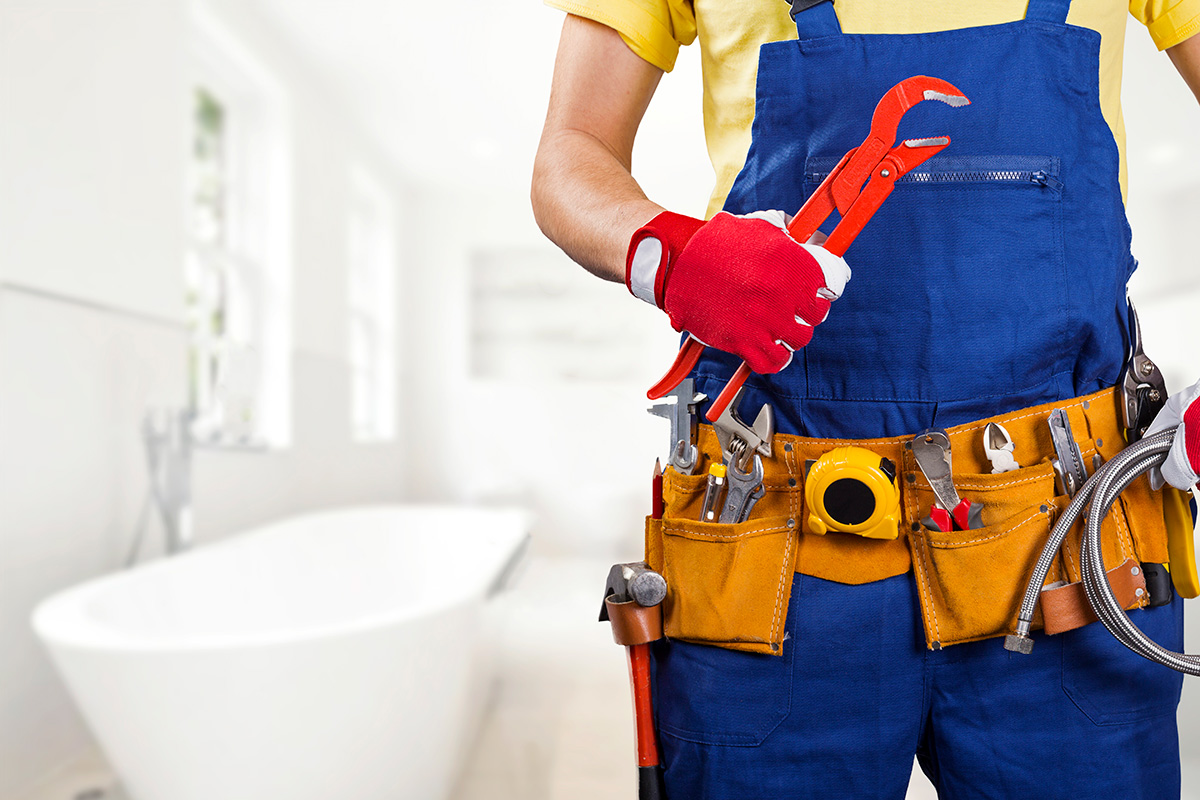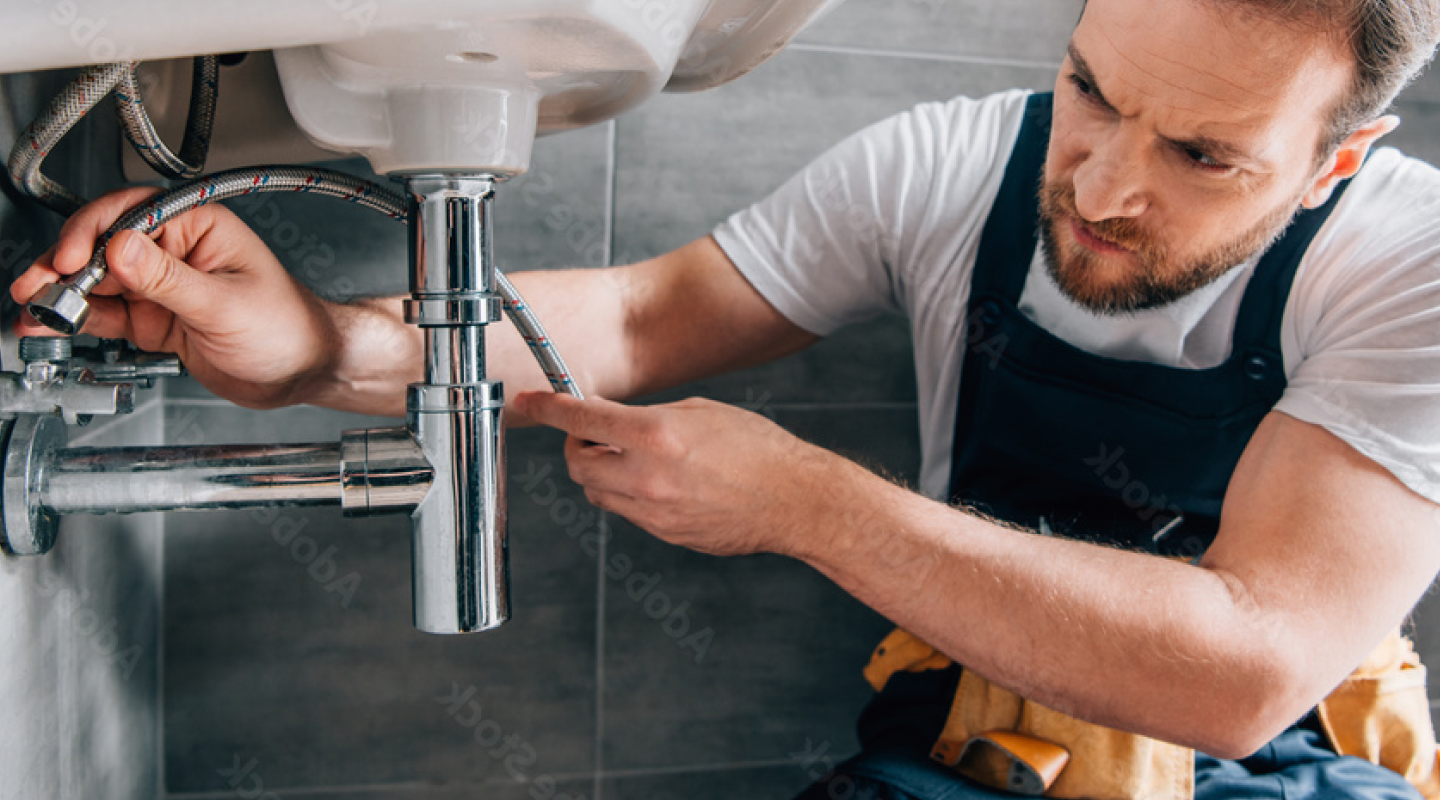Top-Rated Plumber Alabaster AL Ready to Offer You Anytime
Top-Rated Plumber Alabaster AL Ready to Offer You Anytime
Blog Article
A Step-by-Step Overview to Effective Hot Water Heater Installation for Optimal Efficiency
Starting the task of mounting a hot water heater is an endeavor that demands precision and a systematic technique for attaining optimal performance. The process begins with the important decision of selecting the appropriate heating system tailored to the specific needs of your family, considering aspects such as dimension, kind, and power source. As soon as selected, preparing the installation location to satisfy security criteria is vital. The journey doesn't end right here. As you proceed, the complexities of attaching water supply lines and establishing trusted electric or gas connections await, promising understandings right into guaranteeing performance and reliability.
Choosing the Right Hot Water Heater

Next, take into consideration the size and ability of the hot water heater. It's essential to analyze your family's warm water needs, which can vary based on the number of residents and their usage patterns. A system that's as well little might lead to not enough warm water, while a large version may lead to unneeded energy usage.
Efficiency scores additionally play an essential function in choice. Seek hot water heater with high Power Aspect (EF) scores, indicating remarkable efficiency and reduced power use. Tankless designs, though usually much more pricey ahead of time, deal substantial energy financial savings gradually as a result of their on-demand heating capabilities.
Preparing the Installation Area
Prior to installing a new water heater, precise prep work of the setup area is vital. It's vital to measure the area thoroughly to suit the water heater's measurements, making sure ample clearance around the system for effective procedure and servicing.
Examine the flooring for security, as the water heater will certainly need a strong, level surface area to run effectively. If essential, install a drip frying pan beneath the system to catch potential leakages or spills, protecting against water damage to the surrounding location.
Additionally, guarantee that all required tools and materials get on hand before starting the installment. This consists of items such as wrenches, screwdrivers, a level, and any type of extra hardware needed for securing the heating system and installing. A well-prepared setup area establishes the structure for a successful water heating system arrangement, enhancing performance and security.
Connecting Water System Lines
When connecting supply of water lines to your recently mounted water heating unit, it is essential to guarantee that all connections are protected and leak-free to preserve reliable operation and stop water damage. Begin by identifying the cold and hot water supply lines. The cool water inlet is generally marked with a blue tag or a "C", while the warm water electrical outlet is marked with a red tag or an "H".
Use versatile water heating system adapters to promote an easier setup procedure. Before affixing the adapters, position a plumbing's tape around the threaded ends of the water heating unit's inlet and electrical outlet pipelines.
Once links are in area, gradually activate the main water supply shutoff. Evaluate each link for leakages by aesthetically really feeling and examining for moisture. Tighten links as needed, and ensure the pressure relief valve is correctly set up, guarding against excessive stress accumulation.
Establishing Electrical or Gas Connections
Effectively establishing up the electrical or gas connections for your water heater is an look at this website important step to ensure efficient and secure operation. For electric water heating systems, start by verifying that the electrical circuit works with the heating system's voltage and amperage demands. Ensure the power supply is shut off at the breaker to avoid crashes. Attach the electrical cords to the heating unit following the producer's circuitry representation. Normally, this involves connecting the ground cord to the environment-friendly terminal, and the continuing to be cables to their matching terminals, safeguarding each with cable nuts.
For gas water heating systems, safety is extremely important. Validate that the gas supply is off before continuing. Link the gas line to the water heating unit using a flexible gas adapter, ensuring it is properly threaded and sealed with pipeline joint compound or Teflon tape appropriate for gas connections. Tighten up the connections with a wrench, taking treatment not to over-tighten (Plumber Alabaster AL).
Once connections are made, evaluate for any kind of prospective leaks. For gas lines, apply a soapy water remedy to the joints; bubbles suggest a leakage. For electrical connections, ascertain that all electrical wiring is safe and secure and appropriately protected, preserving conformity with regional electrical visit their website codes.
Checking and Adjusting for Effectiveness
With the electrical and gas connections safely in location, the following step is assessing the functional effectiveness of your water heating unit. Begin by very carefully turning on the water supply and making certain there are no leaks at any of the valves or joints.
Next, do a detailed evaluation to make sure the burner or burner are operating properly. For electric heaters, utilize a multimeter to validate if the aspects are drawing the appropriate existing. In gas versions, observe the burner fire; it ought to be consistent and blue, suggesting efficient combustion.
Adjust the settings as essential to get rid of ineffectiveness. Think about applying insulation measures, such as adding a water heating system blanket, to better improve efficiency by decreasing warm loss. Furthermore, examine the anode rod's problem, as a shabby rod can lower efficiency and result in tank rust.
Conclusion
Reliable water heater installation is essential for ensuring optimal performance and power cost savings. By choosing the suitable kind and dimension, and meticulously preparing the setup location, a foundation for success is established. Securely attaching water supply lines and carefully setting up electric or gas links reduce possible problems. Complete testing for leakages and specific thermostat changes to 120 ° F improve reliability and performance. Abiding by these steps advertises long-term capability and power preservation in residential water heater.

Properly establishing up the electrical or gas connections for your water heating system is a vital action to ensure risk-free and reliable operation. For electrical water heaters, start by validating that the electrical circuit is suitable with the heating unit's voltage and amperage demands. Connect the gas line to the water heater using a flexible gas adapter, ensuring it is effectively threaded and sealed with pipeline joint substance or Teflon tape suitable for gas connections.
Report this page